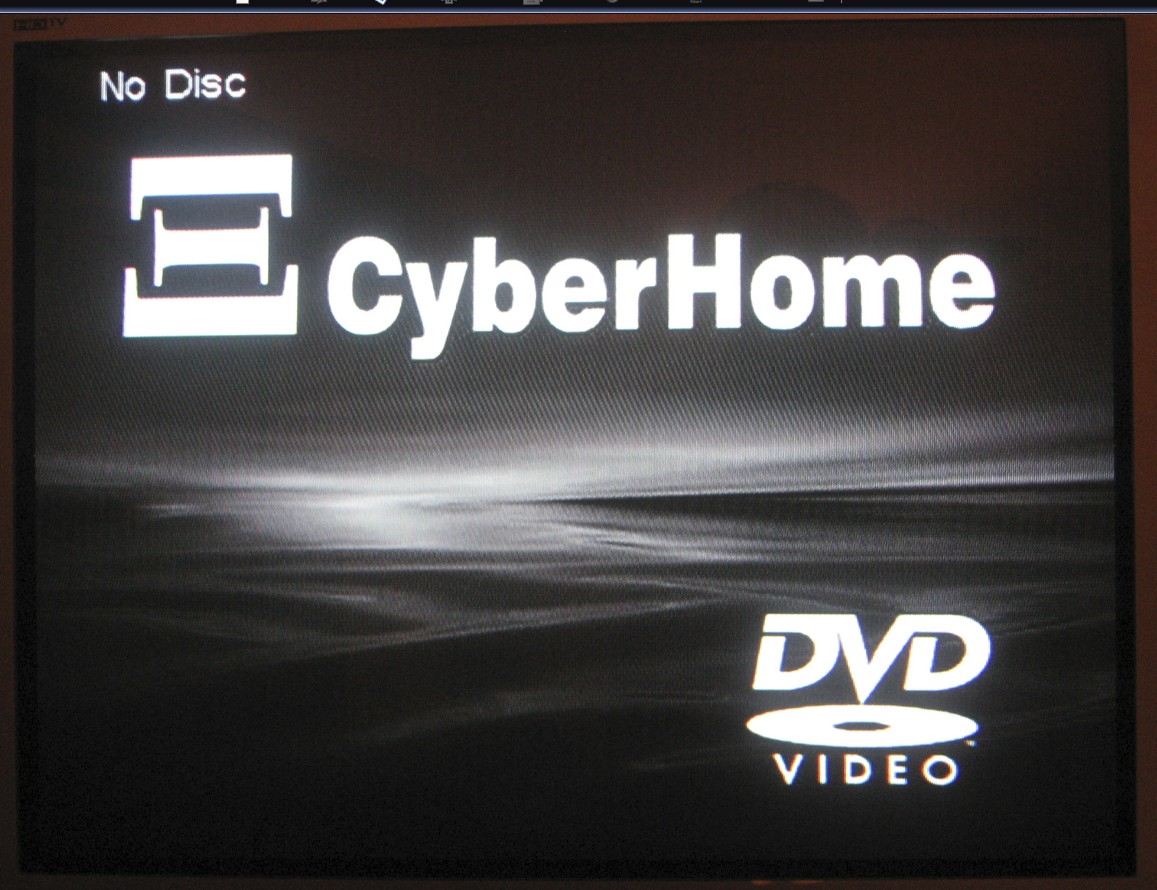It would look like very high frequency noise. (!)Originally Posted by lordsmurf
If there a subtlety to this question that I'm missing?
If in the analogue domain, 3-6.5MHz noise would look like very fine picture detail, but noisy - while over 6.5MHz would be approaching the point where it's too fine to see (assuming a TV size and viewing distance where fine picture detail is visible, but line structure is not obvious).
If digitised wrongly (i.e. without any filter - not even in the converter) then 3-6.5MHz noise and 6.5-10MHz noise would look identical, due to aliasing - and above 10MHz it would looks more coarse and less fine grained (due to aliasing reversing the noise spectrum, and splatting it right across the sub-3MHz band) which would be highly objectionable.
I don't buy the idea that VCRs are regularly putting out this high frequency noise (above 10MHz), or that converters are capturing and aliasing it back into the region below 3MHz. Any gear that did this would be faulty. 3-10MHz can be filtered in software after capturing. Hence my original scepticism that additional hardware (analogue) filtering was essential.
Cheers,
David.
+ Reply to Thread
Results 31 to 38 of 38
-
-
If you have a way to play PAL into an NTSC TV you will see 4.43MHz noise. That is if the TV will lock to mono 625/50.
Likewise if you play composite NTSC into the Y analog component channel, you will see 3.58MHz noise. There will also be harmonics up to sample frequency but a typical TV will be unable to display much above 6 MHz but a scope will.
I'll try to post some frame cap examples later.Recommends: Kiva.org - Loans that change lives.
http://www.kiva.org/about -
Example 1: 4.43MHz PAL subcarrier interference photo off a CRT TV. 3.58MHz pattern would be somewhat larger.
Click on picture for full size.

Philips "NTSC" CRT TV (no PAL decoder). Composite 625/50 PAL input.
Note this TV will play a "PAL" DVD analog component signal perfectly.
Side note.
I had a difficult time finding a TV here that won't play PAL directly. Only the Philips CRT and Samsung LCD-TV lack a PAL decoder but will lock 625/50. Both play "PAL" analog component. Several older TV sets failed to lock on PAL at all.
The following played composite PAL directly.
Sony PVM pro monitor.
Vizio 20" VX200E LCD-TV
Vizio 19" VA19L LCD-TVRecommends: Kiva.org - Loans that change lives.
http://www.kiva.org/about -
The hardware pre-filter idea we are discussing here and will take some experimentation.Originally Posted by 2Bdecided
The second issue "direct digital out of the TBC" is being discussed with lordsmurf over in this thread.
https://forum.videohelp.com/topic357539-30.html#2026483Recommends: Kiva.org - Loans that change lives.
http://www.kiva.org/about -
To be fair, the subcarrier isn't "noise" - or at least, it's not random. Random noise would be far less visible or regular. Though I suppose there's no guarantee that any other unwanted signal element would be random either.
Stunning prices over in that other thread! But thanks for the link - it is interesting.
Cheers,
David. -
True but I was answering lordsmuf's question about what high frequency noise looks like in the picture. Normal noise would be less frequency concertrated, less in amplitude, smaller in detail as frequeny rises and larger in detail for lower frequency.Originally Posted by 2Bdecided
I was going to show cross luminance and cross color noise next but it may need to wait for the weekend.Recommends: Kiva.org - Loans that change lives.
http://www.kiva.org/about -
We always talk about these things, but sometimes it helps to put a picture to a concept. I've begun to take a more serious look at some things, and 2-3 threads here were a good starting place.
I've actually seen that noise pattern. Good idea to show 4.43Mhz on NTSC, would have never thought of that.
What prompted this was a statement edDV made about how analog video is a signal full of noise, with some picture in it. I tend to think of video as having noise, but it may be helpful to sometimes understand the reverse. Hence the question "what does this noise actually look like?"
I'm still curious what 4.4Mhz+ noise range would look like, since many devices apparently super-sample much higher, or how crappy consumer devices sample too much (up to 6Mhz or more). It'd be nice to see an image that says "this is the garbage added into your video" (or rather, not properly removed) by using cheap capture boxes.Want my help? Ask here! (not via PM!)
FAQs: Best Blank Discs • Best TBCs • Best VCRs for capture • Restore VHS -
My statement was specific to VHS/SVHS issues. There is source noise, recording noise, subcarrier downconvert/upconvert issues and for SVHS, Y/C separation issues. Pre-recorded SP VHS has about 44dB signal to noise. Off air SP/EP modes get down in the 30's. A DV recorder can achieve mid 50's S/N.Originally Posted by lordsmurfRecommends: Kiva.org - Loans that change lives.
http://www.kiva.org/about
Similar Threads
-
best capture hardware and best results for capturing video 8 and later VHS
By mayhampixi in forum Capturing and VCRReplies: 2Last Post: 4th Jun 2011, 22:51 -
VHS capture hardware
By Tom` in forum Capturing and VCRReplies: 12Last Post: 16th Jun 2009, 16:42 -
Capture 8mm/VHS > DV, recommendations for hardware
By nutshellml in forum Capturing and VCRReplies: 4Last Post: 21st Mar 2008, 22:07 -
VHS to PC Hardware HELP!
By Nitro89 in forum Capturing and VCRReplies: 21Last Post: 24th Sep 2007, 15:22 -
best hardware + s'ware for bulk vhs to file capture & archiving
By miamicanes in forum Capturing and VCRReplies: 3Last Post: 8th Sep 2007, 21:05




 Quote
Quote